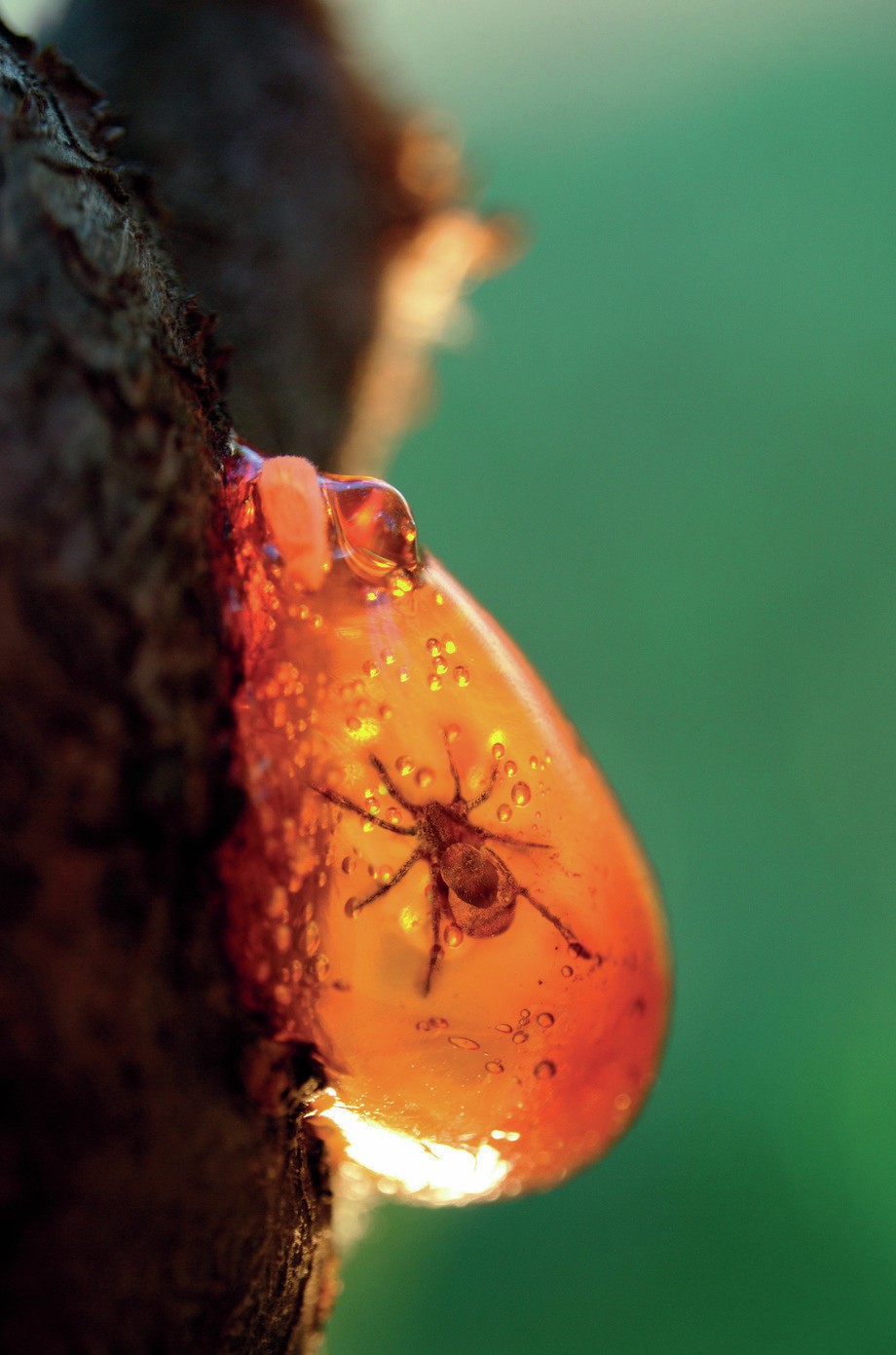
When certain materials are rubbed they attract dust particles and other small objects. Amber, fossilised tree resin (1), is one such material. Its Greek name elektron gives us our word electricity. In the eighteenth century, experiments with electricity such as those carried out by American scientist Benjamin Franklin (1706–1790) led to the idea of electric charge. Two types of charge were identified, which Franklin called ‘positive’ and ‘negative’; he explained them in terms of an excess, or lack, of an electrical fluid. The Italian Alessandro Volta (1745–1827) found that two different metals in contact could drive a continuous flow of charge.Volta’s ‘pile’ of alternating copper (or silver) and zinc discs separated by card soaked in salt solution (2) was the forerunner of modern batteries and allowed steady electric currents to be produced and investigated.
Electrical experiments on gases were at the cutting edge of science in the nineteenth century (3). Experimenters found that reducing the pressure helped a gas to conduct, and an improved vacuum pump invented by a selftaught glass blower, Heinrich Geissler (1814–1879), enabled the manufacture of tubes in which conducting gases at very low pressure glowed with distinctive colours (4).
Your organisation does not have access to this article.
Sign up today to give your students the edge they need to achieve their best grades with subject expertise
Subscribe




